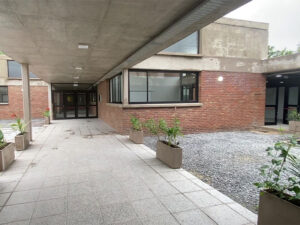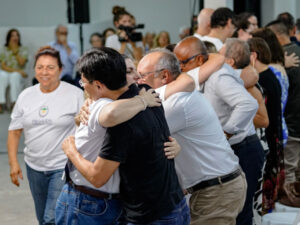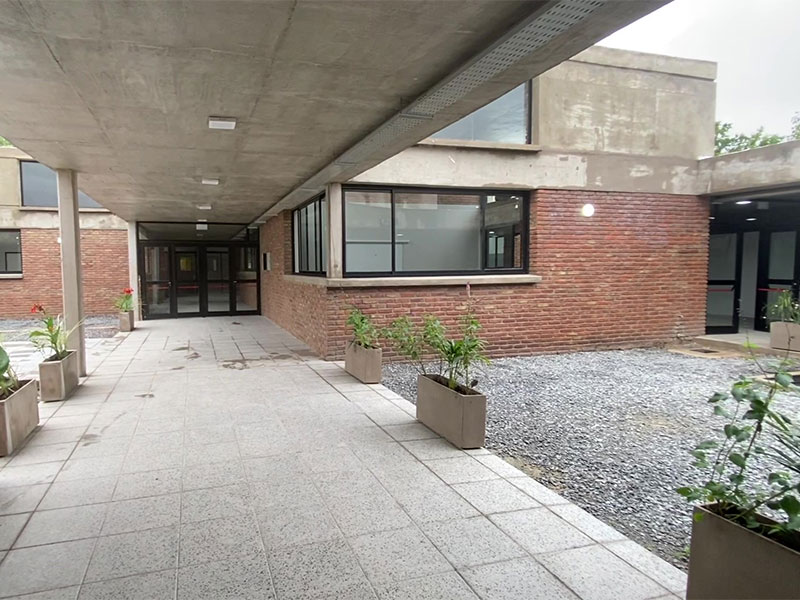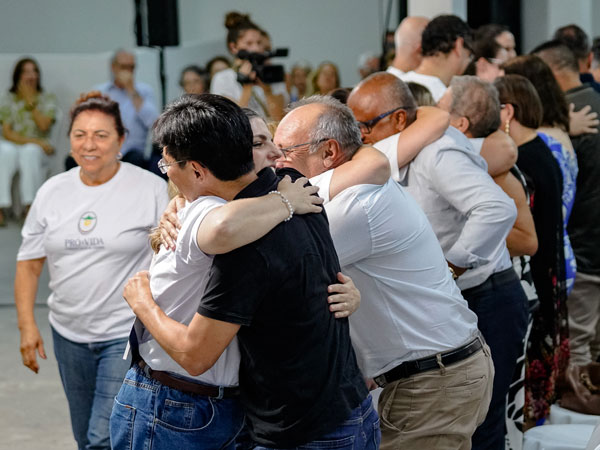Gaia
Gaia
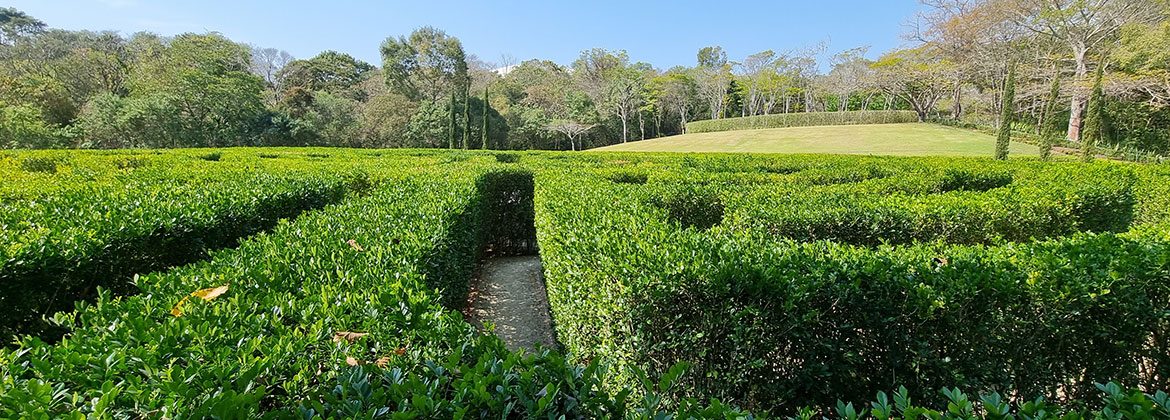
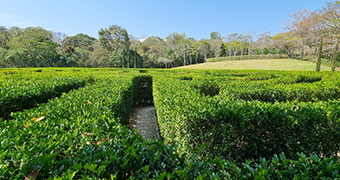
“Whatever befalls the earth befalls the sons of the Earth. All things are connected.”,
declared Indian Chief Seattle in response to the proposed treaty to purchase part of their land made by the president of the United States in 1854.
We are part of the earth and it is part of us…man did not weave the web of life; he is merely a strand in it.
Over a hundred years later, a scientist proposed a vision of the planet that confirms the words of the Indian chief.
At the end of the 1960s, James Lovelock published an article in which he defended the idea that the Earth is capable of autoregulating its chemical processes and its temperature. It would work as an interconnected system, a cybernetic system of control, where life, or biosphere, influences and is influenced by the atmosphere, water, soil and part of the terrestrial crust, regulating the climate to an adequate level for its maintenance.
This view of life on the planet as a single system he called the Gaia Hypothesis (later the Gaia Theory) in reference to the ancient Greeks’ name for the Earth goddess, mother of all other living beings.
When published, the idea was rejected by the scientific community and labeled pseudoscience, mainly due to the claim to the Earth being a living superorganism and by admitting that beings evolve regardless of their environment, which contradicts the Darwinian theory of natural selection.
Today it is certain that organisms evolve through Darwinian natural selection in an environment that is the product of their ancestors, and not simply a historical geologic consequence of the Earth. They adapt not to a static world, but to a dynamic world, built by the organisms themselves, in a system of self-regulation. They evolve independent of their environment, but are part of a greater whole, that includes the physical and chemical environments, that they alter and that influence them.
Many researchers maintain that this self-regulation is only possible by the perfect collaboration between the elements of the system, natural selection being a kind of protection network to improve the species so they act in a harmonic way. The greater the complexity of a system, the more collaborative work is needed.

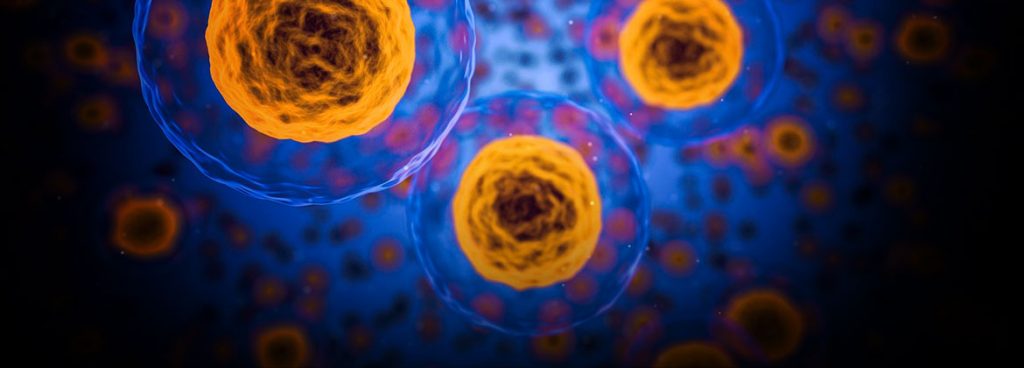
As in nature, our body also works in a collaborative system. Each cell has in itself the potential to produce all tissues, but obeys a program, exerting a small portion of its potentiality. Each cell and organ exercise their function harmonically, aiming at maintaining the balance of the whole body.
When a cell begins to behave outside its programming, by multiplying, it forms a group of cells that start to work completely independently of the needs of the body, and compromise the harmony of the body in such a way that may cause its destruction. To that we give the name cancer.
This is a clear example of how much a behavior that doesn’t take into consideration the need of the whole, characteristic of egoism, can compromise the harmony, the health and the very survival of a system. This leads us to the realization of how destructive selfishness can be, constituting an anomaly of nature.
For a long time, western man saw himself as apart from nature, often as a mere observer. Science has proven the contrary, like quantum physics, by proving that the electron can behave as a particle or a wave, depending on the observer.
Today, the influence that living beings – especially humans – have on the planet, its destiny or even its survival is also undeniable.
In the end, chief Seattle’s words are more current than ever before:
“…We are part of the earth, and it is part of us…”
As well as the millennial phrase attributed to Hermes Trismegistus
“…as within, so without…”
Bibliographic References:
Letter from Chief Seattle to the president of the United States of America, 1854
Cybernetics, Portal São Francisco, November 2015.
Leão, I.Z.C.C, Maia, M.M – The Theory of Gaia, Revista Economia & Tecnologia, Year 6, Vol. 21, April/June 2010.
Nunes Neto, N.F., Lima-Tavares, M. El-Hani, C.N. Gaia theory, from pseudoscientific idea to respectable theory. https://www.ecodebate.com.br
Antonio Donato Nobre, in a lecture at the Biosphere event, held by the Wild Studies Cycle, Rio de Janeiro, November 2019.
Emerald Tablet.


